 Crop Management
Crop Management
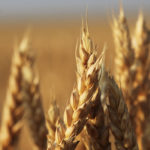
Canadian wheat bids rise over holidays

Brett-Young partners with Rizobacter to offer legume inoculants
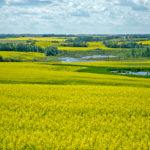
Canola growers see opportunity in biofuel option
Demand is increasing for hydrogenation-derived renewable diesel, but no facilities are producing the fuel in Canada
Most farmers have heard of ethanol and biodiesel, two biofuels that have been godsends for the agriculture industry, but few have heard of another potential saviour. Hydrogenation-derived renewable diesel (HDRD) is starting to make inroads in the fuel sector. HDRD can be made with the same plant-based feedstocks as biodiesel, so it has piqued the […] Read more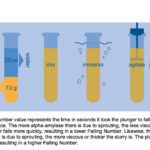
Falling number not for grading
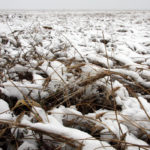
Unharvested crop remains an issue for Sask. crop insurance
Partial payments will be made if part of the crop was harvested and production falls below yield guarantees next spring
This past year would have been a good one to have forage rainfall insurance in Saskatchewan. The dry spring resulted in payments to those who participated in Saskatchewan Crop Insurance Corp.’s forage program, said chief executive officer Shawn Jaques. However, only 2.2 million acres were covered. That was up from 1.5 million acres the previous […] Read more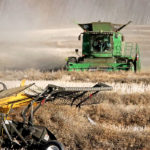
Canola price low, demand steady, what gives?: APAS
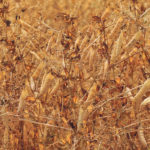
Alberta eyes promise of protein fractionation
Proponents say developing an industry that processes plant proteins would help diversify the province’s economy
TABER, Alta. — Binders, emulsifiers, texturizers, foaming agents, gels: these are some of the uses for fractionated plant proteins. David Fielder, senior scientist and value-added fractionation program lead with Alberta Agriculture, said Alberta can be as competitive as other provinces in processing plant proteins for use in foods and other products. That would help diversify […] Read more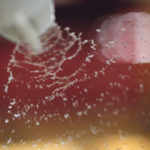
More sustainability scrutiny called new reality
Grain buyers and end users are increasingly asking producers for details about their production practices on the farm
BANFF, Alta. — Jason Lenz’s farm was one of the first in Alberta to discover wild oats resistant to Avadex. It was an eye-opening experience and the impetus to keep better records of all farm activities, he said during a sustainability discussion at the Prairie Cereals summit held in Banff Dec. 11-12. “There has been […] Read more
Soil and leaf analysis made laser fast
Clients will receive results within four hours from the time the the high intensity LaserAg device receives the sample
WOODSTOCK, Ont. — A high-intensity laser soil or leaf analysis device takes one minute to perform a task requiring many hours in a conventional lab. It yields immediate, highly accurate data for 16 main elements. LaserAg is the brainchild of LogiAg in Chateauguay, Que., a leading agronomy provider serving more than 5,500 farms in the […] Read more
Robotic soil sampler is slow but consistent
The autonomous SmartCore is not just another agricultural robot — it should also be considered an agronomic tool
Try pulling six-inch cores from 100,000 acres on 2.5-acre grids with just four machines. It happened this fall, thanks to the autonomous SmartCore robot that samples 110 acres per hour. The machine was developed by two Purdue University engineering students, Troy Fiechter and Drew Schumacher. Once out of college, they turned their engineering project into […] Read more


 Crop Management
Crop Management

